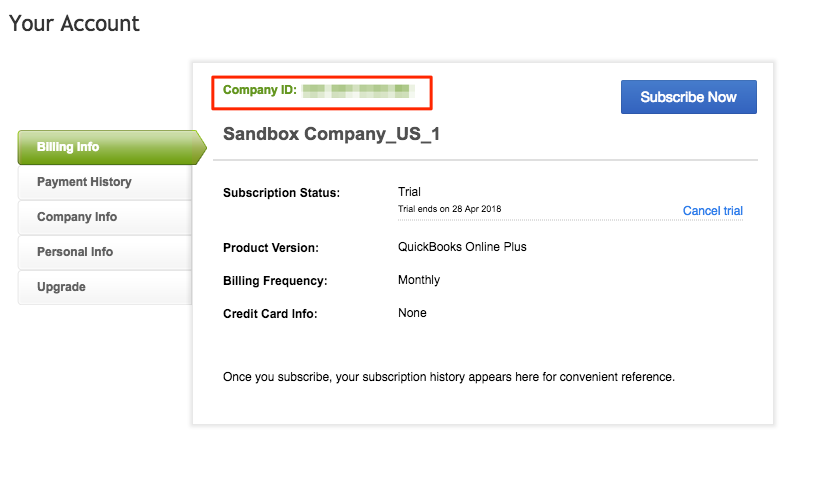This event triggers when a new invoice is created in Quickbooks
Output Fields
- Invoice
- Invoice ID (text): a unique identifier for the invoice in the Quickbooks system
- Invoice Number (text): a reference number for the invoice
- Version Number (text): version number of the invoice
- Time Created (text): time when the invoice was created
- Time Updated (text): time when the invoice was last updated
- Email Status (text): email status of the invoice; can be NotSet, NeedToSend, EmailSent
- Deposit Amount (number): the deposit made towards this invoice
- Tracking Number (text): shipping provider’s tracking number
- Tax Code (text): the transaction tax code
- Total Tax (number): total tax calculated for the transaction
- Customer ID (text): ID of the customer associated with the invoice
- Customer Name (text): name of the customer associated with the invoice
- Customer Memo (text): user-entered message to the customer
- Statement Memo (text): user-entered organization private note about the invoice
- Sales Term ID (text): ID of the sales terms for the invoice
- Due Date (text): date when the payment is due
- Transaction Date (text): date entered by the user for when the transaction occurred
- Ship Via (text): the shipping method for this invoice
- Shipping Date (text): date for delivery of the goods or service
- Total Amount (number): total amount of the invoice
- Account Balance (number): balance reflecting payments made against the invoice
- Lines (collection)
- ID (text): id of the line item
- Line Number (number): a number that specifies the position of the line in the collection of transaction lines
- Line Description (text): description of the line item that appears in the printed record
- Detail (text): detail type of the line item
- Service/Product ID (text):
- Amount (number): amount of the line item
- Service Date (text): date when the service was performed
- Unit Price (number): unit price of the item
- Quantity (number): number of items for the line
- Class ID (text): id of the class of the line item
- Class Name (text): name of the class of the line item
- Tax Code (text): the tax code for the item
- Custom Fields: These fields are dynamically generated based on the fields custom fields created in your Quickbooks account.
- Billing Address
- Billing Email (text): email address where the invoice is sent
- Billing Line 1 (text): 1st line of the billing address
- Billing Line 2 (text): 2nd line of the billing address
- Billing City (text): city of the billing address
- Billing State/Region (text): state/region of the billing address
- Billing Country (text): country of the billing address
- Billing Postal Code (text): postal code of the billing address
- Shipping Address
- Shipping Line 1 (text): 1st line of the shipping address
- Shipping Line 2 (text): 2nd line of the shipping address
- Shipping City (text): city of the shipping address
- Shipping State/Region (text): state/region of the shipping address
- Shipping Country (text): country of the shipping address
- Shipping Postal Code (text): postal code of the shipping address

